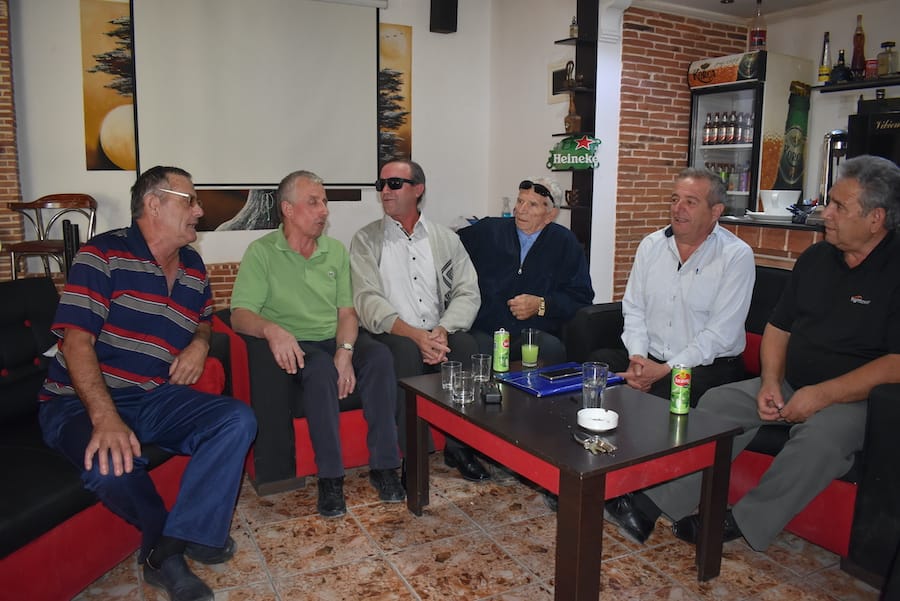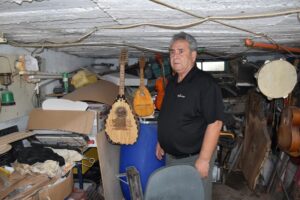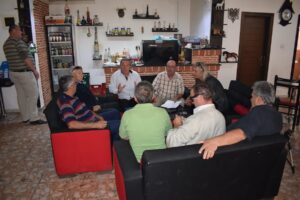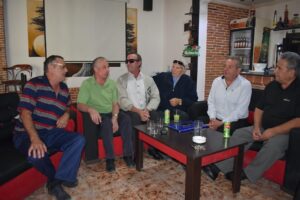Devolli’s song is the basic genre of songs practiced in the Devolli area. It is ever-present in each and every event, both in a family one or on festive occasions or even various shows.
Devolli’s song is an essential part of the tosk iso-polyphony, which also includes the areas lying on the right of Vjosa river, up to Shkumbin. This includes the regions: Përmet, Leskovik, Kolonjë, Mokër, Opar, Skrapar, Myzeqe, Shpat, Librazhd, Gramsh, Berat, Korçë and Devoll.
This song has the distinctive features of iso-polyphony: there is a soloist or leading part (marrësi), the second singer or the second part who returns or cuts it (prerësi), as well as the iso or drone sound (which comes in different names such as zjen or holding with kaba, etc.) performed by the whole group, present at the moment of interpretation.
These songs are performed both by men and women, but also by a combination of the two (both genders). In certain cases, their rendition is also accompanied by musical instruments, which imitate the vocal structure; marrësi or the first part is the clarinet, prerësi or the second part is fyelli (flute) or violin, and iso or drone sound is played by llauta. The composition also includes the dajre (similar to the tambourine), as a rhythmic instrument.
Devolli’s song has a special quality. Despite its character (which can be lyrical or lyric-epic), it is very dynamic, with an internal rhythm, and brings about a really interesting atmosphere.
In the course of its history, devolli’s song has come to stand out by the work of cultivators and performers, who have vested it with that vigor and fame it enjoys today. Among the most notable names are Nevruz and Ali Kondi from Vranishti, Xha Kaso and Zaloja from Poloska, Ibrahim Xhako, Xhezair, Nefail and Abil Cani from Mirasi, and currently, the “Devolli’s Song Group” under the lead of Endri Fifo, who takes credit for keeping it alive and for efforts to pass this rare value of our heritage down to young people.
As to the musical creativity, worth mentioning are some of the germs of these songs, such as “Te plepi i Bilishti” (“At the Bilisht poplar”) a song to which, both the words, the melody, and the returning or cutting sound (prerësi), lend magic dimensions. Actually, this song took off in Vranisht village. The first lead performers gained impetus there as well. Other such famous songs are: “Zunë yjet po rrallojnë” (Stars are getting rarer), “Djemkat na ngrenë dolli”, (Boys are raising a toast), “Çupë devolleshë” (A girl from Devolli), and even songs performed by Endri Fifo and the group, such as: “Ku je nisur do veç ti?” (Where are you gonna go?), and the like.
Regrettably, women- (female) performed songs are on the brink of dying out. One of the great singers is Ferzilet Malelli, etc. who has captivated all those attending this type of song. Moderate efforts were made to bring the Women’s Group again on stage, but perhaps, this calls for more support from local and state structures.




